Clara Vromen was born on September 27, 1931, in the Dutch city of Enschede to Jewish parents Abraham Vromen (b. unknown) and Minnie van Dam (b. 1907). Her father was a businessman and a member of the Zionist youth movement, who organized the hachsharot, the Palestine pioneering training programs, for German Jewish refugees in the Netherlands. In 1933, Clara immigrated with her parents and older brother Jaap (b. 1930) to British Mandatory Palestine and settled in Tel Aviv, where the family lived until October 1934. Following her parents’ divorce, however, Clara returned to the Netherlands. Together with her mother and brother, Clara lived in The Hague, where the mother took a Red Cross training course to become a hospital assistant. Even though Clara received a secular education, she was conscious of her Jewishness and observed the Jewish holidays.

When Germany invaded the Netherlands in May 1940, Clara experienced firsthand the anti-Jewish persecution in the country. In her oral testimony to Yad Vashem, she vividly recalled sitting at the back of the classroom, segregated from her non-Jewish classmates by a rope barrier, and how she was forced to move to another school, exclusively for Jewish students, in the summer of 1942. Because Jews were forbidden to use public transportation—or own bicycles—Clara was required to walk for an hour and a half to get to her new school. Later, Clara would witness the Aryanization of her grandfather’s textile factory, the ownership of which was eventually transferred to a Nazi official.
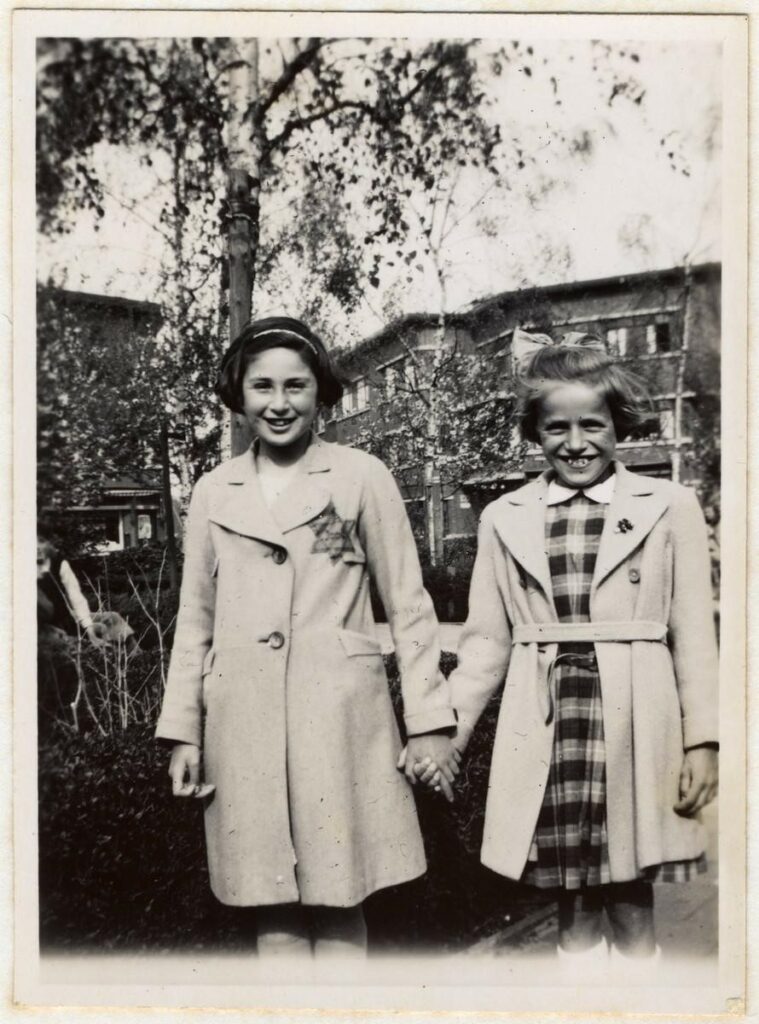
Due to the involvement of Minnie, Clara’s mother, in the Women’s International Zionist Organization (WIZO), where she dedicated herself to social welfare activities, she was deemed indispensable by the Jewish Council and, thus, exempted from deportation. Yet, despite Minnie’s social work, she was prepared for the day the family would be called up.
In November 1942, the family was almost arrested by the Dutch police and deported to Westerbork. But in a moment of assertiveness and wit, Clara’s mother appealed to the authorities, suggesting that she and her children could potentially be used in an exchange with German Templers in Palestine. To support her argument, she even presented a letter from the Red Cross affirming their intended immigration to Palestine.
In February 1943, confronted with the ever-present and increasing dangers, Clara’s mother made the decision to go into hiding. Clara and her brother Jaap took off their yellow badges and travelled by tram to a designated location. There, they met a family friend, who escorted them to the village of Deurne in the province of North Brabant. In Deurne, Jaap stayed at the house of a Protestant vicar, while Clara hid with the parents of the vicar’s housekeeper, presenting herself as a refugee from The Hague.
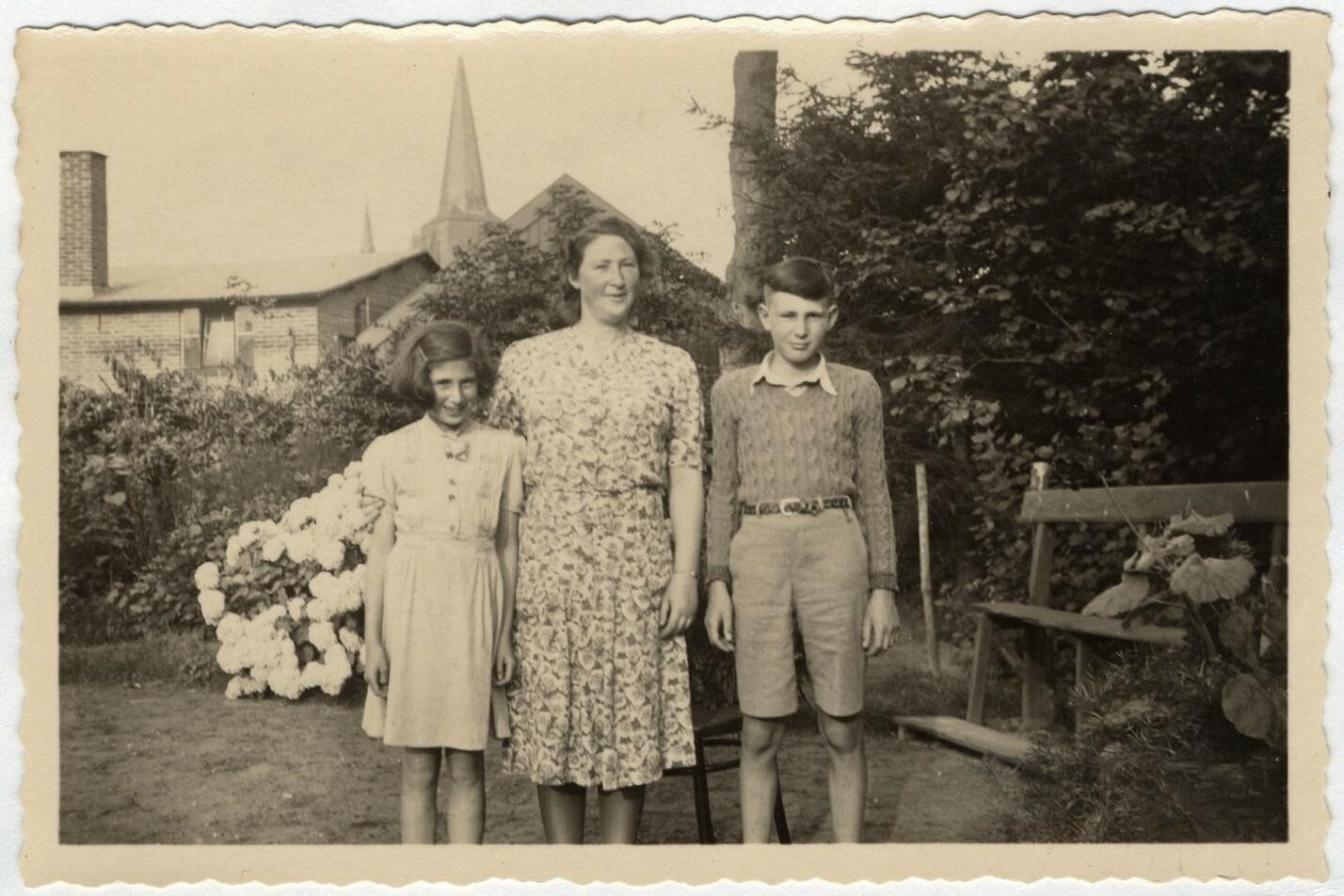

After four months in Deurne, during which she was allowed to see her mother and brother, the Germans conducted a search of the village, and Clara was transferred to a family in the province of Limburg. Here, she contracted an infection behind her ear and was in need of surgery. Despite Clara’s darker complexions and the risks involved, she was brought to a nearby hospital and treated for her ailment. After three days in the hospital, she was transferred to a hiding address in Amsterdam.
Yet, Clara found herself on the move again. After hiding for several weeks with a woman in Amsterdam, she was taken by the underground to Utrecht, where she stayed, together with another Jewish child, at the house of a married couple and their three children. Due to suspicion of betrayal, however, Clara was transferred to another place in Utrecht after two months. This time, she found shelter with the Catholics Gerard and Riek Hoefs and their two children. It would be her last hiding address until the end of the war.
Clara developed a close relationship with the Hoefs, describing the family as “very kind and warm” and becoming an integral part of it. She had a wonderful relationship with the children with whom she would play every day. She usually attended household duties and read many books to fight boredom; after all, she did not go to school in Utrecht, as the family was too afraid Clara would be denounced. She even received an allowance and often enjoyed more privileges than the Hoefs children themselves. The family took care of her by providing food and clothes. They respected her Jewishness and even read passages from the Hebrew scriptures. Their bond was so strong that the foster parents wanted her to remain with them after the war. They would tell Clara: “If someone from your family returns, you will go with them—and if not, we will try and give you the education you would have received at home.”1
Yet, despite the countless praises, towards the end of her testimony to Yad Vashem, Clara revealed the bitter truth about her time with the Hoefs family. It was here, where she experienced sexual abuse from Rick Hoefs, the father of the household. While not going into detail, she provided a concise and clear description that leaves no doubt about the presence of sexual violence at her hiding address in Utrecht: “I sat on his lap, I felt something hard, but at the age of twelve, I did not know what it was. Anyway, we were home alone once, and he raped me (…) I was afraid to say something, lest they throw me out.”2 It is not clear whether this was an isolated incident or whether this behavior became routine. Clara ended up staying for a year and a half with Gerard and Riek Hoefs, until Canadian troops entered the city in May 1945.
Clara survived the war in hiding, as did her mother, older brother Jaap, and maternal grandparents. After living in Enschede and Amsterdam and going to nursing school in London, Clara immigrated to Israel in 1952.
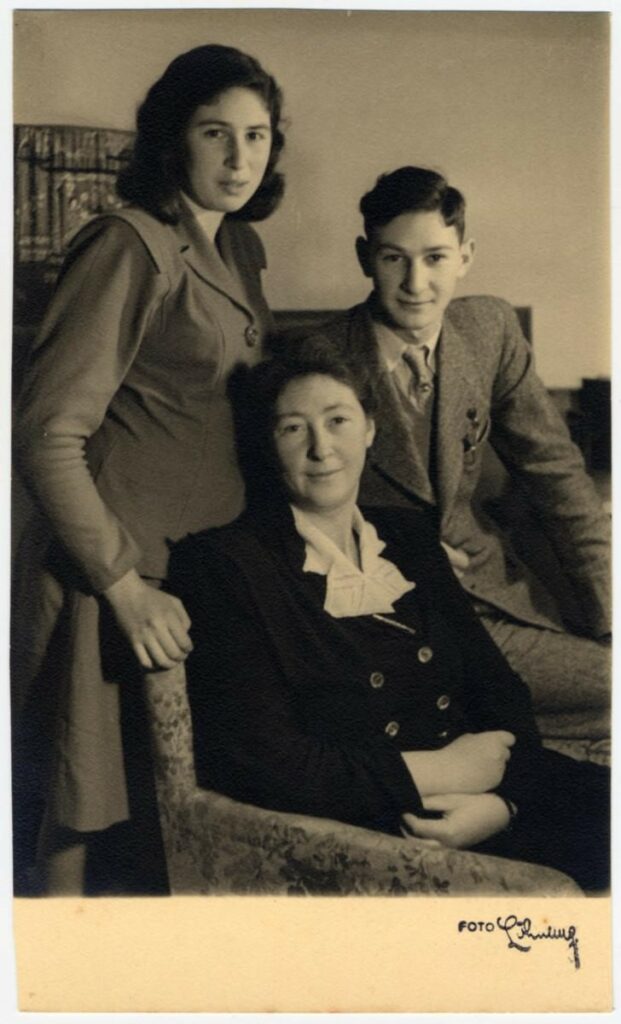
Empirical and Methodological Findings
I came across the story of Clara while looking for traces of hiding-related sexual violence in Nazi-occupied Netherlands.3 This was done at Yad Vashem, where I conducted archival research for my dissertation from January through March 2024 as part of the EHRI Conny Kristel Fellowship.
My research yielded a number of findings regarding sexual abuse in hiding. First of all, while Jewish women were already exceptionally vulnerable to sexual harassment and exploitation, younger girls were even more susceptible to sexual aggression, especially when they were hiding by themselves, without a member of their family. Furthermore, many cases of sexual violence were carried out by a member of the hosting family, usually the male figure within the household. For some women and girls, the abuse they endured did not conclude with “mere” flirtations or caressing. Instead, these encounters adopted a much more intense and violent nature and were not isolated incidents, but turned into regular, daily occurrences. It also did not necessarily matter whether the sexual perpetrator was married or had children of their own. In some instances, the threat of sexual violence did not originate directly from those individuals within the household; instead, it could come from an acquaintance or even a visiting relative of the protecting family. Sometimes, not even at a permanent address, but rather at a temporary location that was used when the Germans conducted searches.
My research shows—as does Clara’s hiding experience—that for Jewish women and girls, the menace of being denounced while in hiding was exacerbated by the possibility—and the accompanying feeling of fearfulness—of encountering and experiencing sexual violence. Writing about sexual violence in the context of the Holocaust, however, involves intricate ethical dilemmas due to the sensitive nature of the subject and the personal trauma experienced by the victims. While some may view it as inappropriate to write about these intimate encounters, for it desecrates, in the words of Joan Ringelheim, “the memory of the dead, or the living, or the Holocaust itself,” for others, it is simply too complex and painful to recall these daunting episodes.4
A thorough reevaluation of survivor testimonies, however—especially paying attention to the silences, allusions, and euphemisms and the ways by which victims evaded talking directly about episodes of sexual violence—can unveil the heightened vulnerability of women and girls to sexual assault in hiding. In other words, we ought to notice how survivors narrativized their experiences and how we, as scholars, have differentiated between the survivors’ understanding of these narratives and our own interpretations of these stories and experiences. After all, integrating occurrences of sexual violence into Holocaust narratives teaches us about the “universal fact of life” in wartime society.5
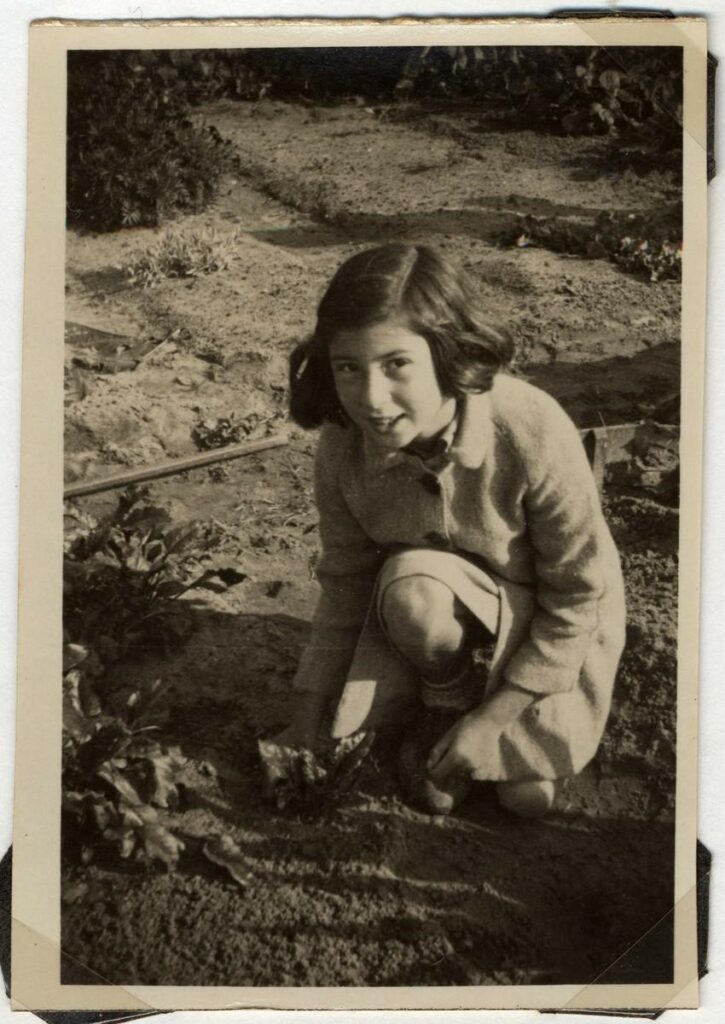
At the same time, it is important to remember that these acts of sexual aggression occurred within a space that was a complex social construction and setting of human interaction and emotion. This means that the home—as well as the outdoors—contained spaces of comfort and emotional security. A change of space had the potential to produce—on the most microspatial level—a different set of feelings that could lead, subsequently, to a different experience. This explains why Clara enjoyed and kept fond memories of the foster family’s outings to the Artis Zoo in Amsterdam, for it distanced her from a space that she associated—when she was alone with the father of the household—with fear and distress, physical defilement and loss of dignity. While leaving a hiding place meant being exposed to outside dangers, foremost the Nazi persecution, these day trips remained, in her words, “wonderful.”6 Clara’s story, then, underscores the transformative impact of interspatial changes and how these shifts influenced individual responses to personal situations amidst perilous circumstances.
(Gendered) Power Relations
It is important to remember that in almost all these coerced sexual encounters—not very different from other forms of hiding-related abuse—the hiding mentalité was one of obedience, submission, and even distrust of rescuers. Because the physical and emotional environment that the anti-Jewish persecution created was one in which support networks barely existed, even in hiding, the power relations between the person in hiding and their protector were asymmetric and constructed in such a way that victims of sexual violence had usually nowhere to go and no one to turn to. Not only did victims of sexual violence cope with the feeling of being viewed as a nuisance or troublemaker and with the ubiquitous fear of being sent away—a feeling that was instilled in Clara as well—but there was also a constant worry of whether the other, non-abusive rescuers in the household would believe them, exacerbating their existing feeling of abandonment and loneliness.
Yet, the story of Clara reveals another unsettling aspect of the rescue phenomenon: Gerard Hoefs was recognized as a Righteous Among the Nations in February 1977.7 What proved to be decisive in allowing him to receive the award, despite his sexual misconduct during the war, was probably the time gap—nearly four decades—between the recognition and Clara’s interview to Yad Vashem. Thus, the story of Clara exemplifies a dualism in regard to non-Jewish rescue and the overall Jewish hiding experience: one could supposedly protect a Jewish person in hiding, while at the same time, exploit the circumstances—and the victim’s volatile position—and fulfil the role of a perpetrator.
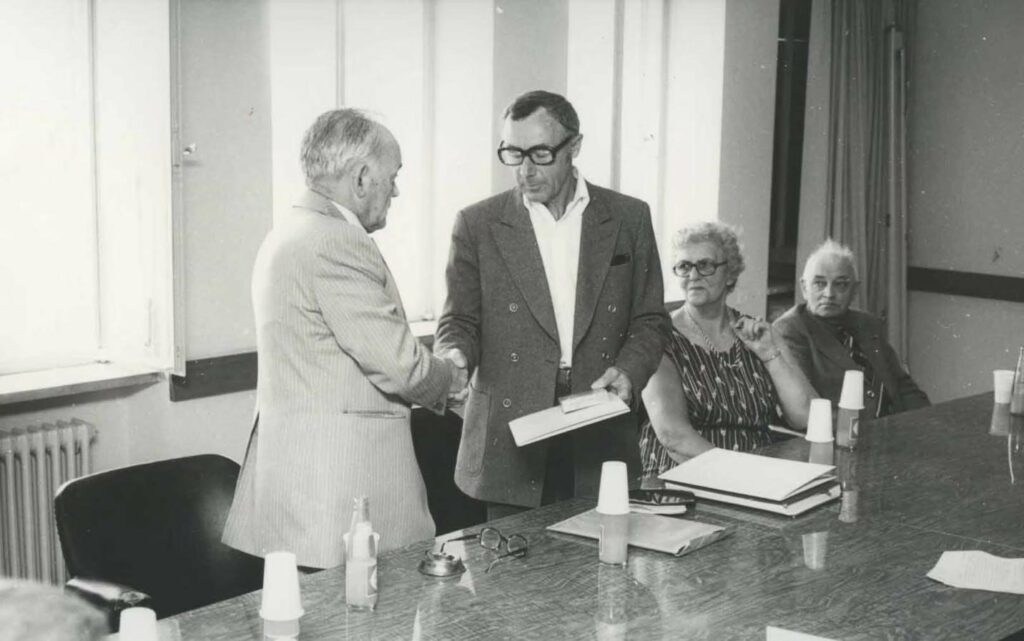
This dissonance between the survivor’s search for security and the violation of the body is evident in the postwar testimonies as well. The fact that some sexual assailants received honorary recognitions from Yad Vashem represents continuity in terms of the power relations between the person in hiding and their rescuer. After all, one could not receive the award and recognition without the survivor’s testimony and if the rescuer received any form of payment or reward for helping Jews. While one would expect some form of resentment towards their former hosts, in some cases, we witness exactly the opposite—that is, words of appreciation, gratitude, and mutual understanding, alongside attitudes of disgust, disappointment, and confusion. Clara, who only fifty years after the events, was able to retell her childhood story of rape, described her assailant in simple and concise terms: “I loved him as a father.”6
While Clara’s testimony is, for the most part, characterized by a deep appreciation for her rescuers—mentioning how kind and warm her hosting family was, how she was privileged over the other children, and the altruistic character of her foster father, who saved the lives of many Jews—the end takes an anticlimactic, dramatic turn and unveils the horror that took place within this site of “refuge.” The traumatic hiding experience and the overshadowing of the positive over the negative may explain this dualism. Yet, one may also view this as a continuation of an asymmetric power relationship that was already constructed during the war. While Clara was well aware of what she had experienced, for nearly five decades, it remained, alongside feelings of shame and guilt, somewhere in the back of her mind.
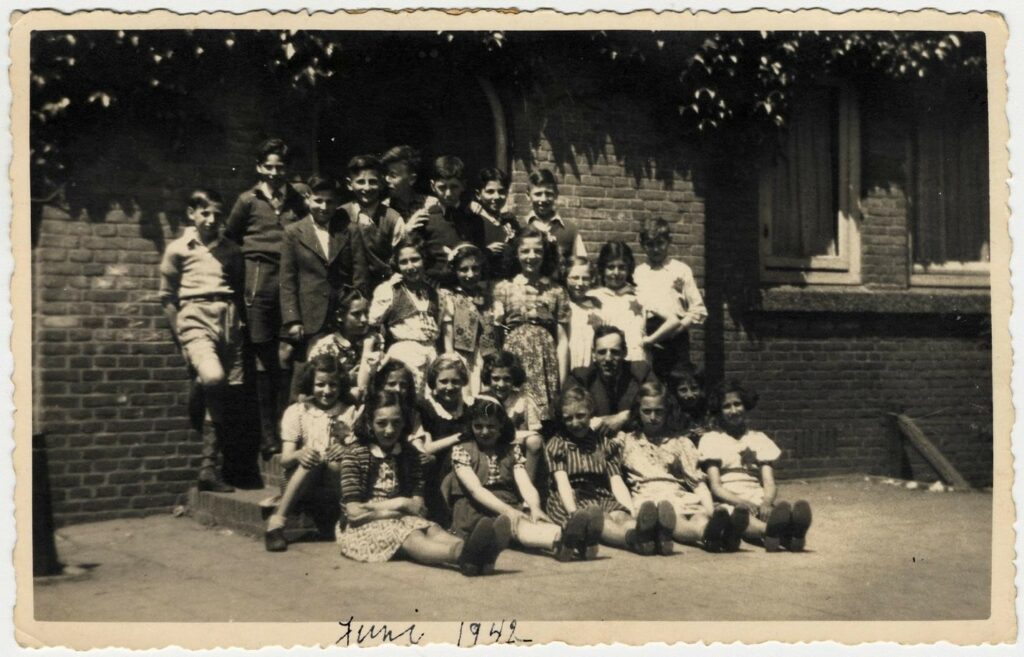
Transnational Archival Collaboration
I found Clara’s testimony in the Yad Vashem Online Document Collection. During my visit, however, the librarians and archivists explained to me that while Yad Vashem maintains a public database of digitized documents, which one can access online through its website, it also holds an internal database—or to be more precise, two internal databases—with an even larger number of written documents and oral testimonies, but which requires in-person access. Knowing this, I discovered the testimonies of several other Jewish women—as well as men—who experienced sexual harassment, abuse, and even rape during their time in hiding, thus illuminating the pervasiveness of hiding-related sexual violence in the Shoah.

While Clara’s account already provided an abundance of information about her own—as well as her family’s—experiences in the Shoah, a quick search in the EHRI Portal yielded another collection related to the Vromen family, one that was to be found at the United States Holocaust Memorial Museum in Washington D.C. and which included not only additional biographical materials, letters, photographs, personal narratives, and clippings related to the Vromen family but also a historical artefact from the war—that is, an unused yellow Star of David badge, which was provided to the family sometime in 1942 or 1943.9
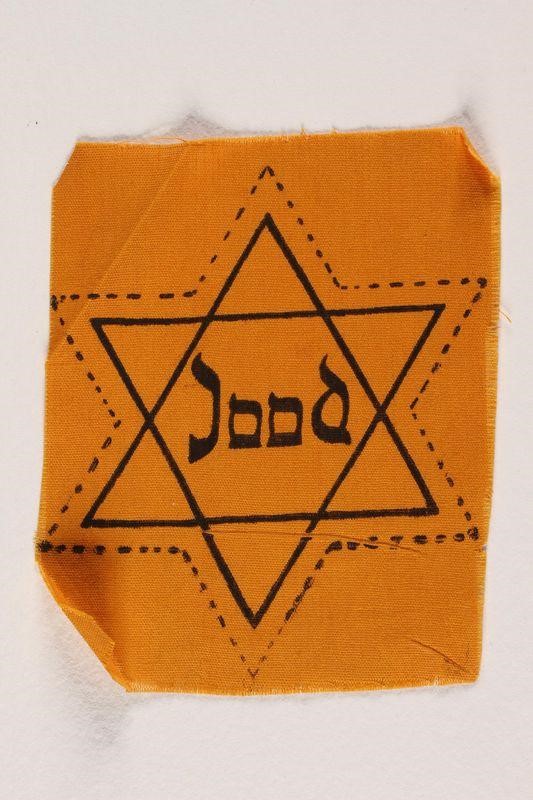
This is probably a good time to address a potential problem that we might encounter with the names and their spelling of survivors. Clara’s interview to Yad Vashem was titled “Testimony of Klara Renee (Vromen) Keren” (notice the “K” in “Klara). However, the Vromen family collection at the USHMM spelled the name “Clara” with a “C.” Although I could not access all the materials in the Vromen family collection, I would assume that the latter is the correct spelling, for the collection includes personal documentation, and it is probably based on these records that the Museum decided to spell Clara’s name accordingly. My point is that when we try to find additional records related to a certain individual or family, it is important to be aware of these variances and ensure that we experiment with different spellings of the same name. After all, when using Yad Vashem’s spelling of “Klara Vromen” in the EHRI Portal, the USHMM Vromen family collection does not show up. One could, of course, enter only the last name; however, this might produce an overwhelming number of results, especially when it comes to a common family name.
Even though the Vromen family collection is located at the Museum in Washington D.C., is not digitized (except for a few photographs that were donated to the Museum separately) and was, thus, not accessible to me at the time—the mere description of this collection does provide important information regarding Clara and her family and allows us to better understand the historical context of their experiences during the German occupation. Thus, thanks to the EHRI Portal and the collective efforts of Holocaust-related institutions across Europe and beyond, I could locate these records and complement them with Clara’s interview at Yad Vashem. This underscores, once again, the importance of academic collaboration and accessing transnational Holocaust archival material.
- Testimony of Klara Renee (Vromen) Keren, Yad Vashem Archives (YVA), O.3/13182. ↩
- Ibid. ↩
- Ibid. ↩
- Zoë Waxman, Women in the Holocaust: A Feminist History (Oxford: Oxford University Press, 2017), 54, quoting Joan Ringelheim in “Women and the Holocaust: A Reconsideration of Research.” ↩
- Waxman, Women in the Holocaust, 54. ↩
- Testimony of Klara Renee (Vromen) Keren, Yad Vashem Archives (YVA), O.3/13182. ↩
- Hoefs Gerards & Riek, Righteous Among the Nations, Yad Vashem Archives (YVA), M.31.2/1137. ↩
- Testimony of Klara Renee (Vromen) Keren, Yad Vashem Archives (YVA), O.3/13182. ↩
- Clara Renee Keren Vromen papers, 2006.476.1, United States Holocaust Memorial Museum Archives, Washington, DC; Unused yellow Star of David badge printed with Jood, 2006.476.2, United States Holocaust Memorial Museum Archives, Washington, DC. Both the Clara Renee Keren Vromen papers and the Star of David badge are part of the Minnie Vromen family collection at the USHMM. ↩
One Comment Leave a reply